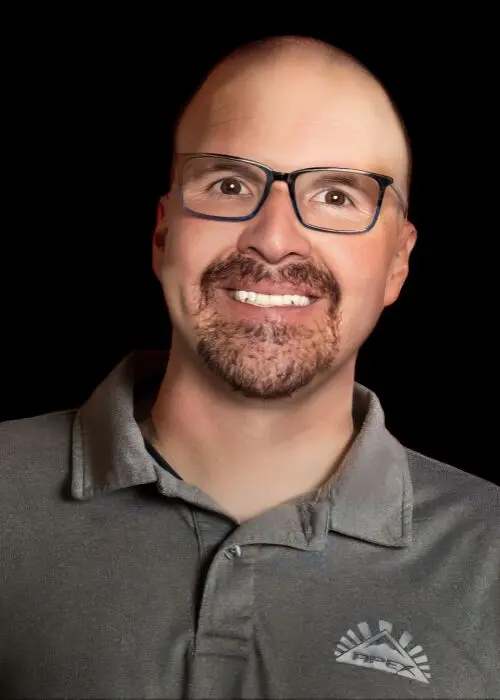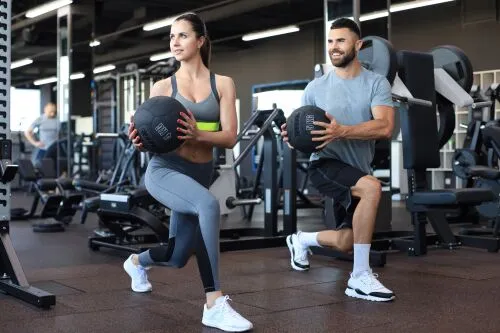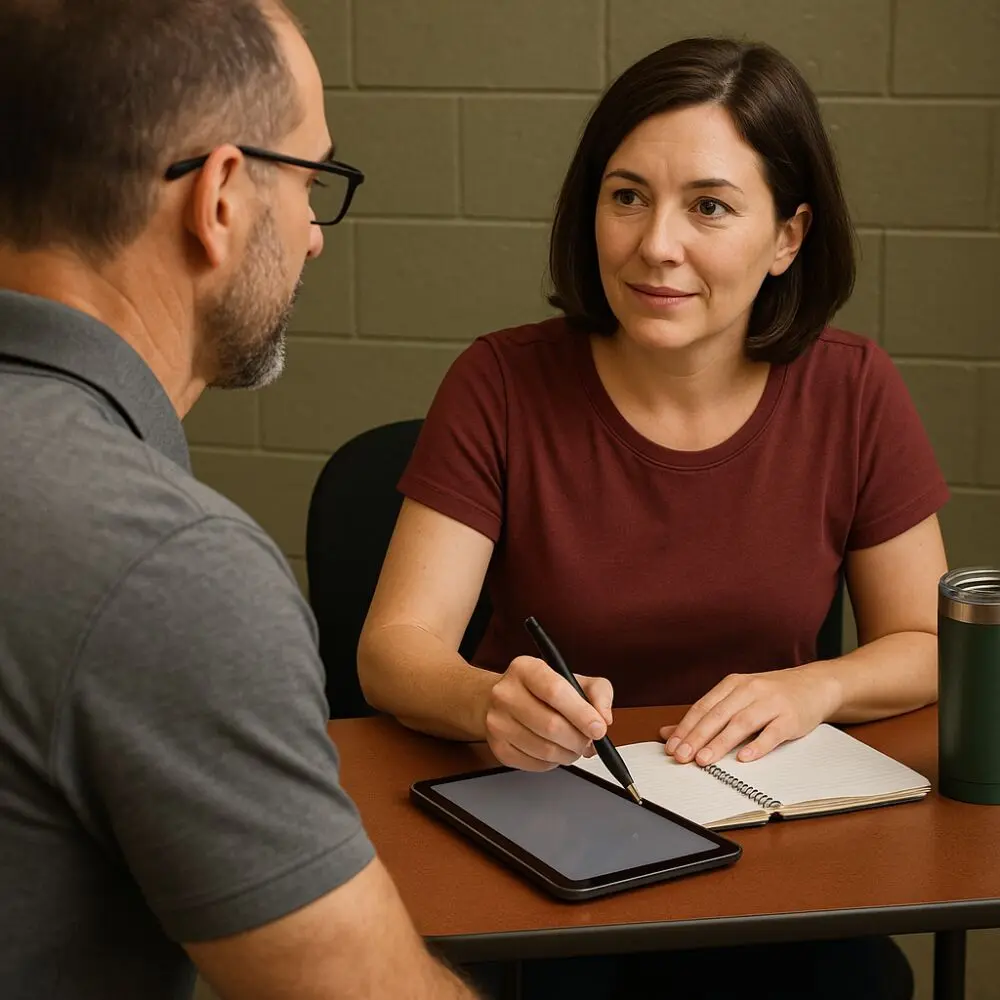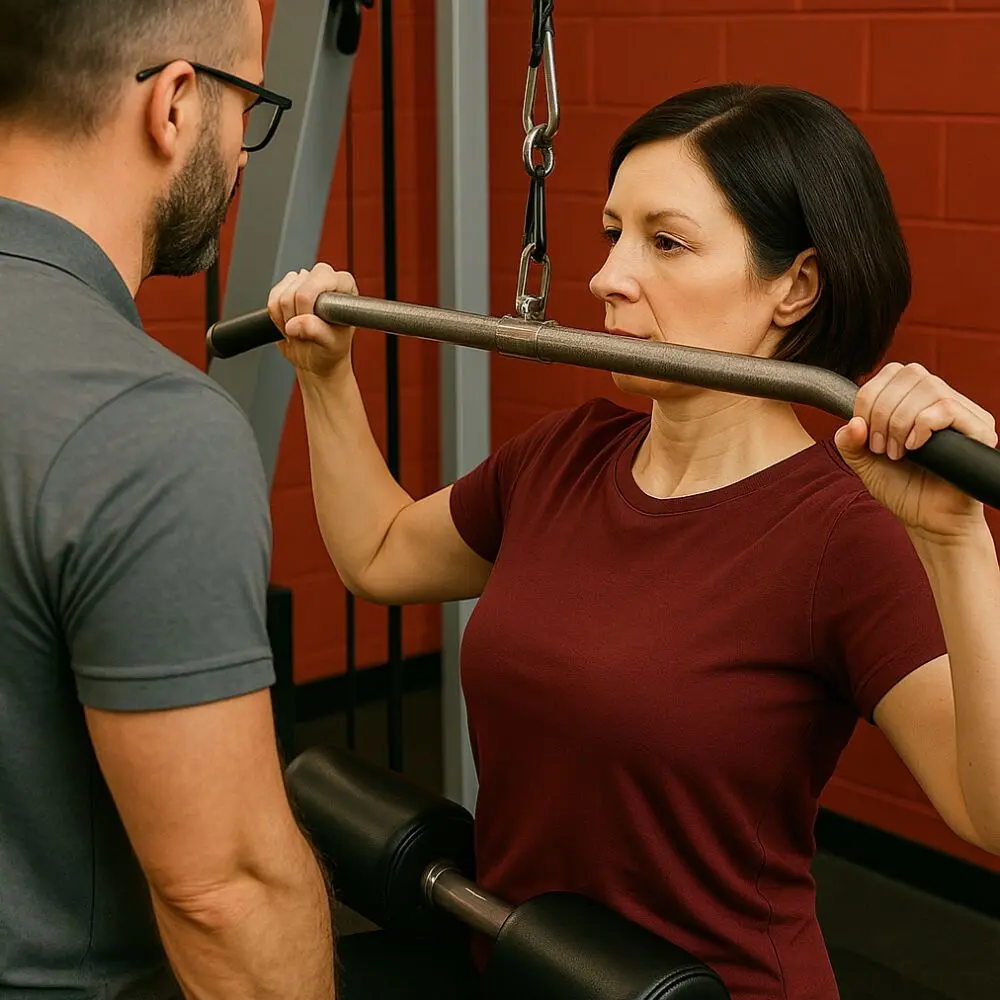See How Your Body Moves—Before You Push It Further
Comprehensive Movement Assessment
Movement issues don’t fix themselves — they need to be found first. Our comprehensive assessments uncover how your body compensates, restricts, and breaks down. With this data, we build smarter, safer plans to relieve pain, restore function, and improve performance.
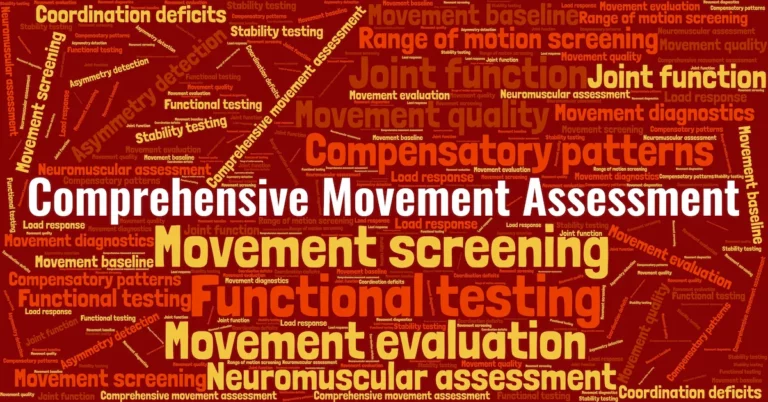
Targeted & Thorough
Full-body screening for imbalances, asymmetries, and compensation patterns.
Precision Planning
We use data, not guesswork, to build your next steps in rehab or training.
Athletes with Imbalances
Spot weak links and inefficiencies holding back performance or causing pain.
Why Assessment Comes First
If your workouts aren’t working, or keep leading to pain, it’s probably not your effort. Most people skip the only step that reveals how their body actually moves, compensates, and breaks down under stress. A comprehensive movement assessment gives you a real map, not guesswork — so you can move efficiently, avoid setbacks, and train with a plan that finally works for you.
- Most programs skip baseline testing, leading to avoidable pain, plateau, or slow recovery.
- Even experienced clients miss hidden imbalances that sabotage form, strength, or joint health.
- Without a clear movement profile, your training plan is built on assumptions—not real data.

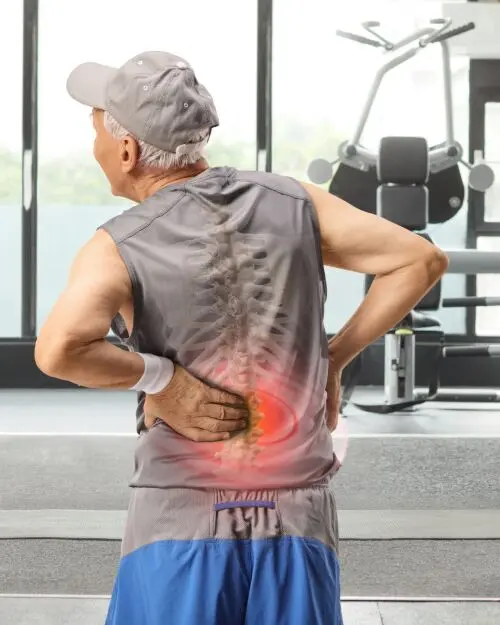
What We Evaluate in a Comprehensive Assessment
A comprehensive movement assessment isn’t a quick stretch test or a guess at your flexibility. It’s a clinical-grade evaluation that shows how your body works—and where it breaks down under load, fatigue, or compensation. Every test has a purpose: to uncover the movement patterns behind your pain, stiffness, plateaus, or recurring injuries.
We evaluate four core movement domains:
Joint Mobility and Stability
-
Tracks how each joint behaves under motion and resistance
-
Screens for limitations in range and poor joint control
Neuromuscular Coordination and Imbalances
-
Analyzes how muscles fire in sequence and timing
-
Identifies left-right or upper-lower asymmetries that create imbalance
Posture, Compensation, and Kinetic Chain Patterns
-
Finds overuse strategies and posture faults that place stress on joints
-
Assesses posture while sitting, standing, and in motion
Gait, Alignment, and Functional Movement Quality
-
Observes walking and running mechanics for inefficiencies and risks
-
Tests basic patterns like squats, lunges, and reaches to evaluate movement quality
These insights drive the plan we build for you—whether that means training for performance, recovering from injury, or moving pain-free again.
Your Movement Data = Your Corrective Blueprint
Once we complete your assessment, I use that data to create a precise plan for how we’ll move forward. Every joint restriction, imbalance, and compensation pattern you showed me gives us clues. This isn’t about guessing what might work—it’s about using real evidence to guide smarter decisions.
Whether you’re recovering from injury, dealing with pain, or ready to train at a higher level, I’ll use your results to build the most efficient path forward. It’s not just about what exercises we’ll do—but how, when, and why.
A Baseline That Guides Personal Training or Rehab
-
Your results define exactly where we start and what to avoid
-
We prevent re-injury by targeting the root of the issue—not just symptoms
Custom Programs Based on Real Data
-
I don’t use templates—your plan reflects what your body needs
-
Each exercise matches your real range, control, and compensation patterns
This is where real progress begins: with objective insight, not guesswork. When you know how your body moves—and where it struggles—you can finally train with confidence.
What are the 7 patterns of human movement?
The 7 foundational human movement patterns are: squat, hinge, lunge, push, pull, rotation, and gait. These patterns form the basis of nearly every action your body performs—from walking upstairs to lifting groceries or rotating in sport. When one is weak or misaligned, compensation occurs, often leading to pain or inefficiency.
-
Squat: Controlled lowering and standing (e.g., sitting down, picking something up)
-
Hinge: Hip-driven movement like bending forward or deadlifting
-
Lunge: Asymmetric leg movement and balance control
-
Push: Upper body force generation away from the body (e.g., push-up)
-
Pull: Drawing force toward the body (e.g., row or pull-up)
-
Rotation: Twisting movements of the torso or spine
-
Gait: Walking or running mechanics, including foot strike and pelvic stability
Kinesiologists assess all seven to find where you’re strong, stiff, or compensating—so your plan builds from solid foundations.
-
What does a movement assessment do for injury prevention?
A movement assessment identifies dysfunctional patterns, muscle imbalances, and joint restrictions that increase your risk of injury. By detecting issues early—before they become painful—you can train more safely and recover more effectively. It turns vague problems into specific corrections, allowing for better decisions in both rehab and performance training.
-
Reveals asymmetries or compensations that strain joints or soft tissue
-
Helps correct poor posture, gait faults, or stability weaknesses
-
Prevents re-injury by addressing the root cause—not just symptoms
Think of it as a movement MRI: non-invasive, but deeply revealing. It shows how your body fails before it actually does.
-
What’s the difference between a movement screen and a movement assessment?
A movement screen is a basic filter—it flags potential mobility or stability problems using standardized tests. A movement assessment goes deeper, analyzing how and why those dysfunctions occur. It includes joint-specific tests, posture evaluation, neuromuscular activation, and compensations. The goal is to build a clinical movement profile that supports injury prevention and personalized correction.
-
Movement Screens: Use quick, generalized tests like squats or lunges
-
Movement Assessments: Include measured joint ROM, strength symmetry, firing patterns
-
Screens identify red flags, assessments define root causes
-
Screens often used by trainers; assessments performed by a kinesiologist
Think of a screen as a flashlight—and a full assessment as a diagnostic scan with a roadmap to better movement.
-
A Simple 3 Step Process
No Guesswork, just results
Choose the Assessment That Fits You Best
tools that actually tell us something
Understanding how your body moves is step one. These science-backed assessments reveal dysfunction, imbalance, or asymmetry—so your program is based on facts, not guesses.
Biomechanical Assessment
Core Stability Assessment
Postural Assessment
Gait Analysis
Functional Movement Assessment
Muscle Activation Testing
We See the Whole Picture
If you’re dealing with pain, tightness, or repeated training setbacks, it’s not your fault—most programs ignore how your body truly moves. We understand how frustrating it is to keep trying while never really improving. That’s why we assess first—so you’re not guessing anymore.
With over 15 years of kinesiology experience, we use clinical-grade movement assessments to reveal postural breakdowns, compensation patterns, and mobility restrictions. Your plan won’t be based on guesswork—it’ll be driven by objective tests that identify imbalances and guide the exact corrective strategies your body needs to move better, train safer, and feel stronger long term.
